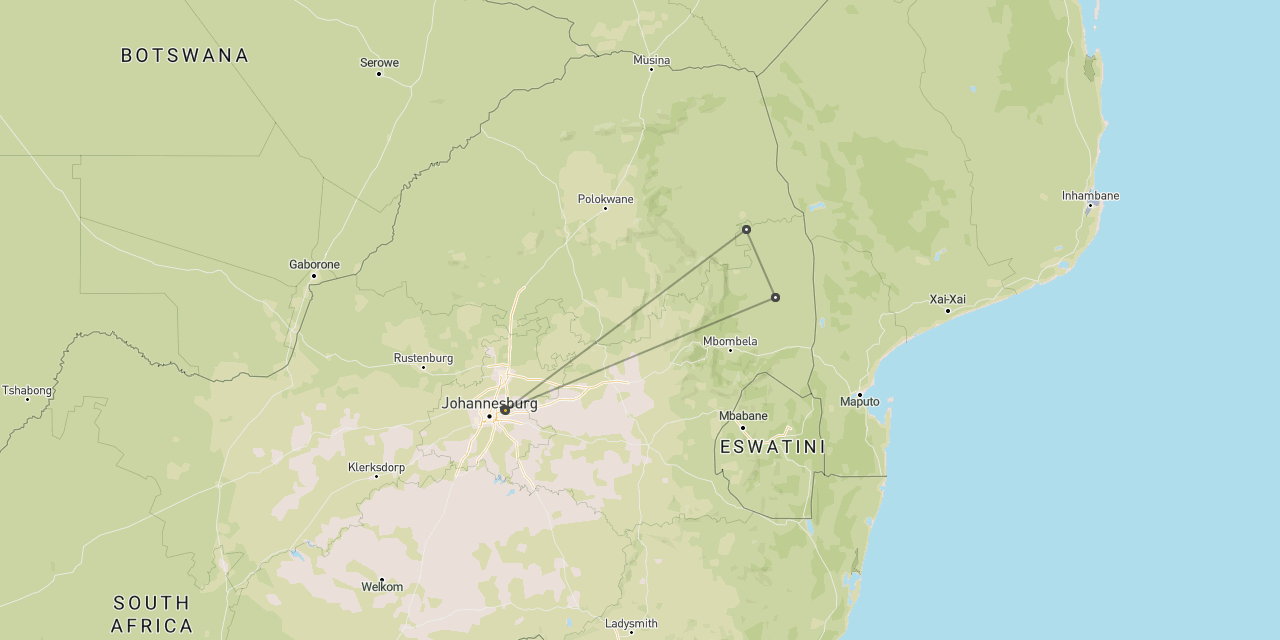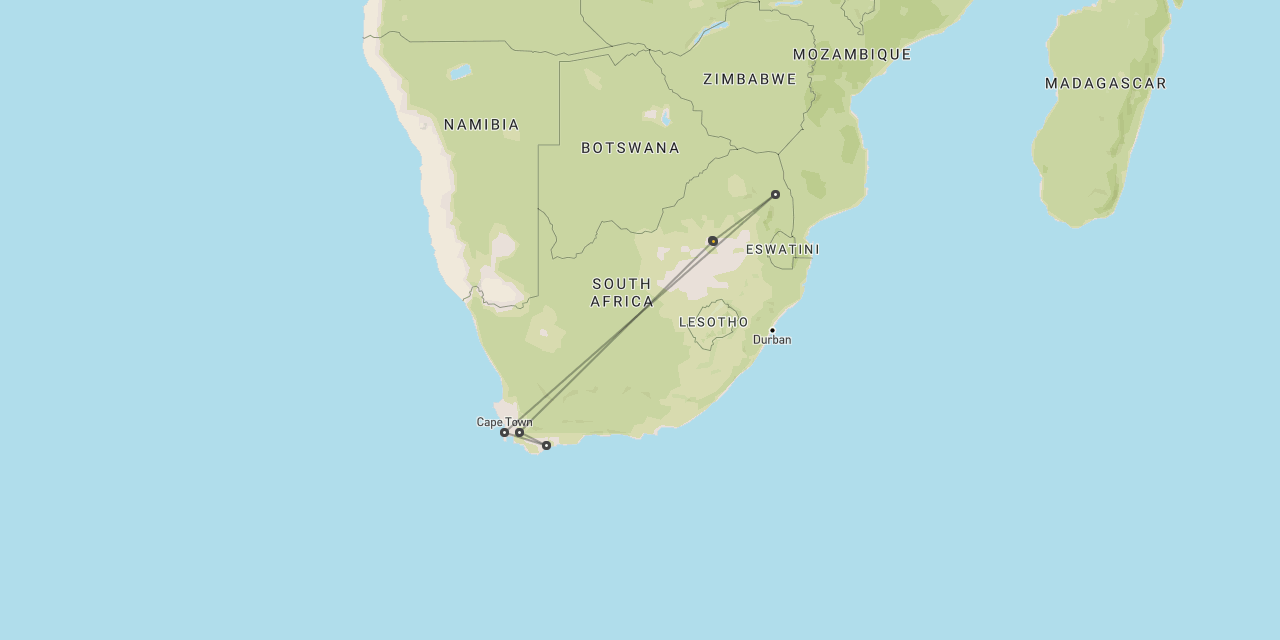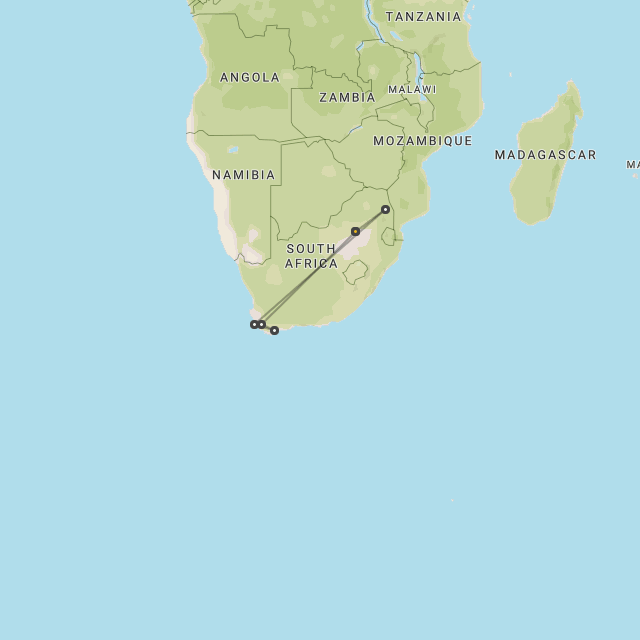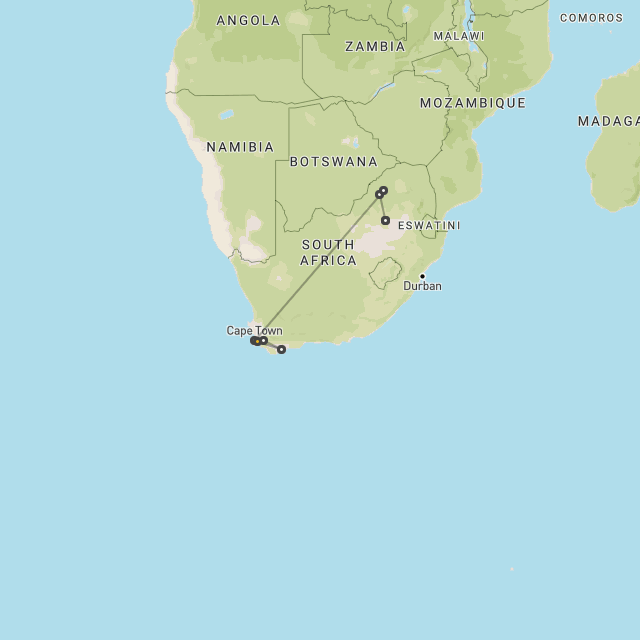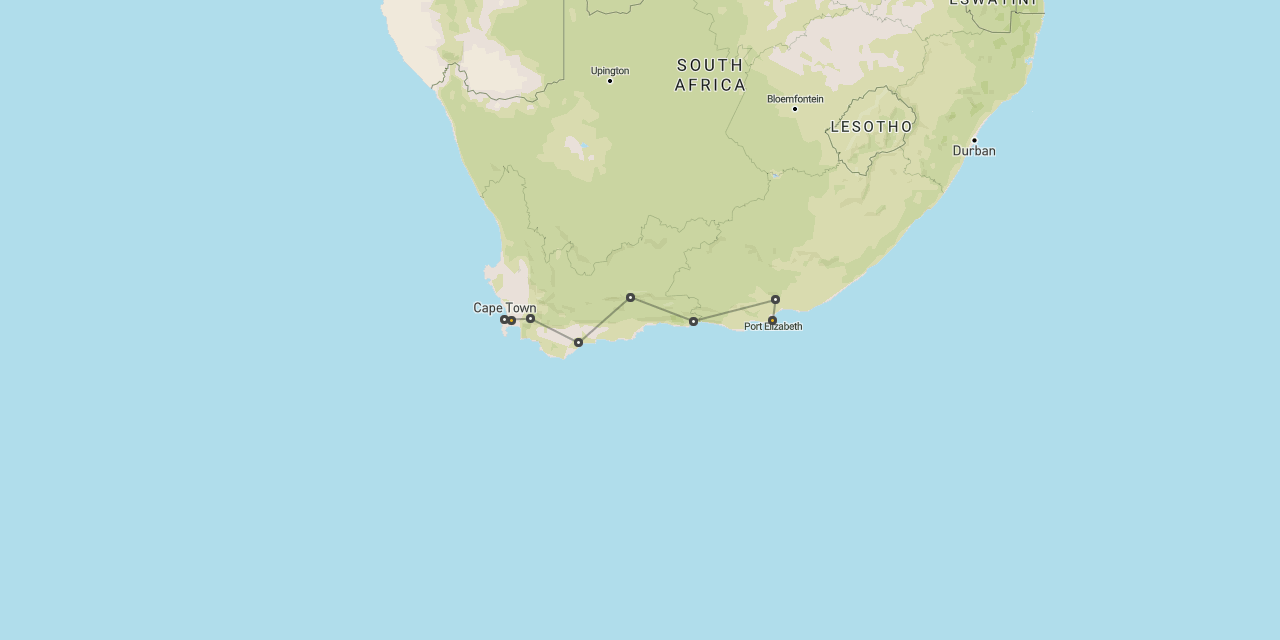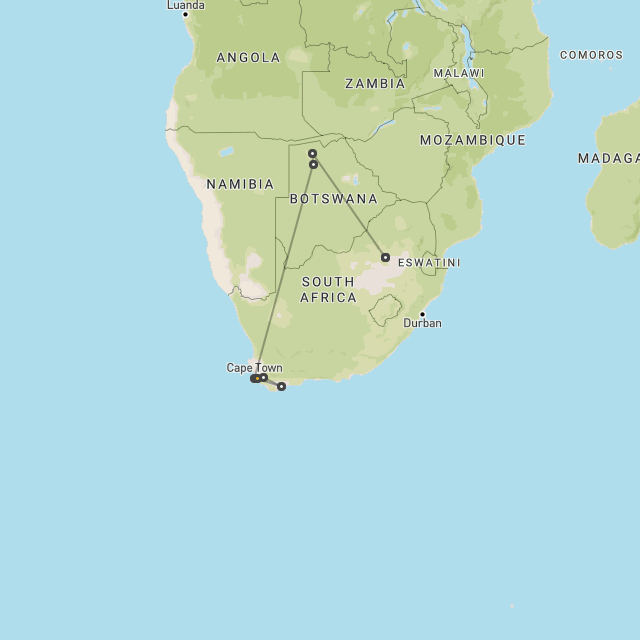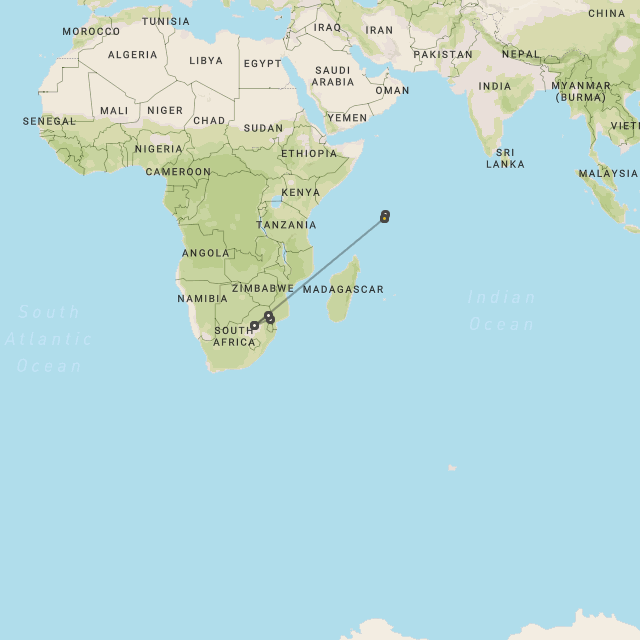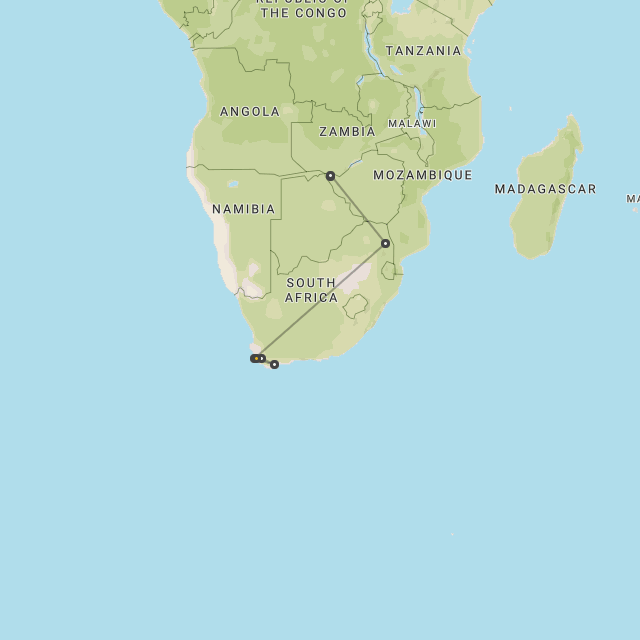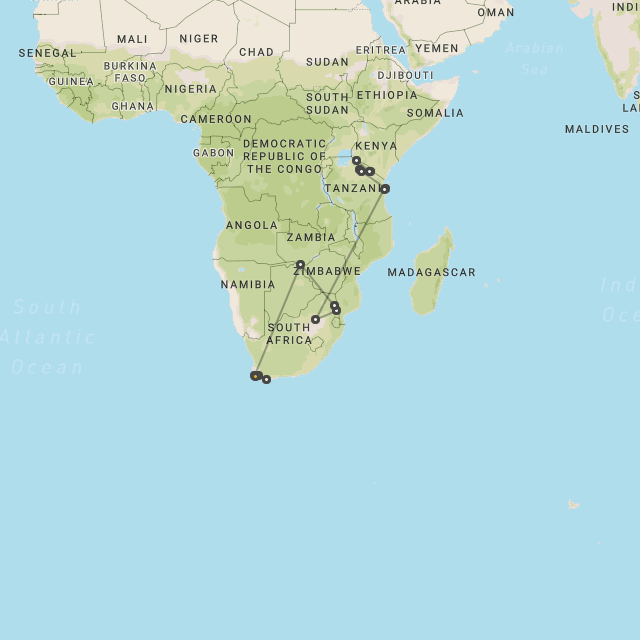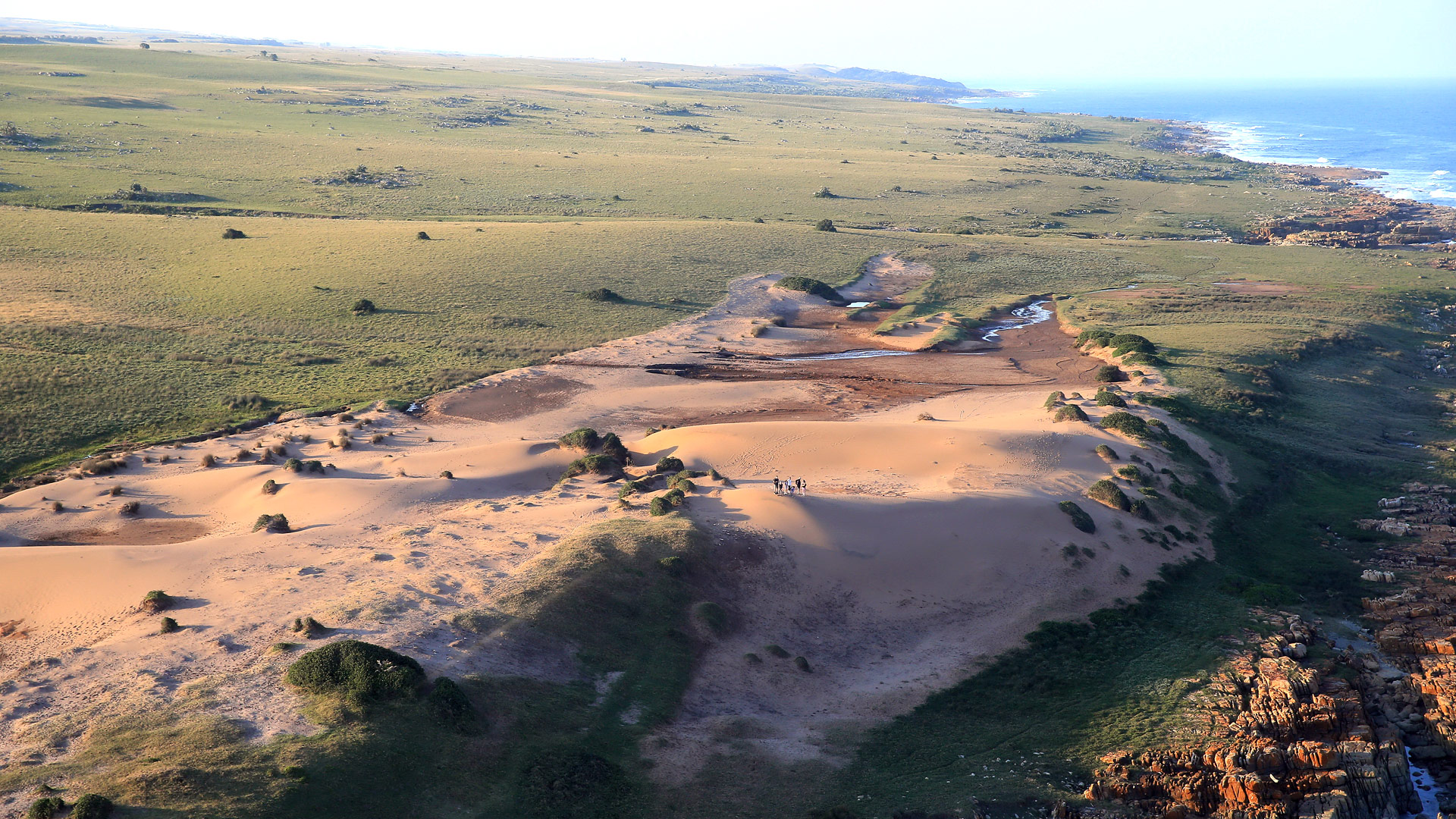
Travel to the Wild Coast
Wild Coast
is a fabulously remote area
of South Africa
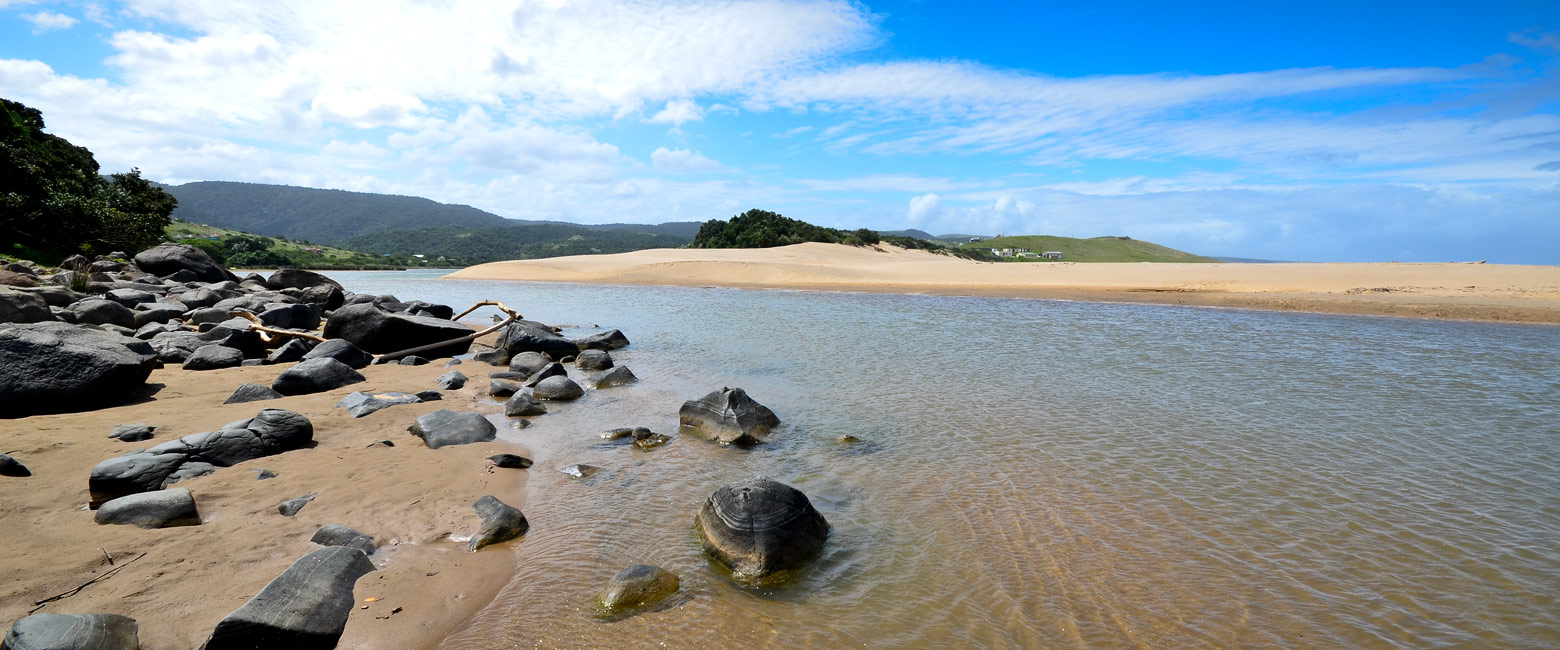
remote bays and quaint beach settlements
The Wild Coast is the stretch of the ocean frontage that runs northeast from East London for 300 km up to the border with Kwa-Zulu Natal.
This is an amazingly beautiful stretch of coastline, with a hinterland of grasslands and forests, dotted with thatched villages, traversed by a network of largely dirt roads which head down to remote coves and dramatic beaches.
Back in the dark days of Apartheid, most of this area was part of the Transkei Homeland and to this day it remains more traditionally ‘African’ than the surrounding areas.
Despite the great natural beauty of this coastline, the location is remote and quality of accommodation on offer is extremely patchy, with only a handful of lodges being of sufficient quality to appeal to an international audience.
We divide the Wild Coast into five areas, which are listed here from west to east …
Cintsa to Haga Haga
Cintsa is the first significant coastal settlement along this stretch of coastline and is separated into two by a river estuary.
Cintsa East is the larger settlement, mainly made up of holiday and retirement homes. The best accommodation option here is the relatively upmarket Prana Lodge.
Cintsa West is the smaller of the two halves and has slightly lesser beaches, but does contain the well known Buccaneer’s Backpacker Lodge.
Haga Haga is a small settlement a little further east and with little accommodation of note.
Morgan Bay to Nqileni
This classic stretch of gloriously remote coastline is punctuated by river estuaries and backed by open hillsides and forested valleys.
Unfortunately the quality of the accommodation in the area is generally rather less inspiring.
Coming from the southwest, Morgan Bay is the last substantial coastal settlement, with Victorian villas, modern holiday homes and the well known Morgan Bay Hotel.
From there we cross over into the former tribal homeland of Transkei and the landscape is suddenly dotted with clusters of thatched rondavels and colourful roadside villages.
The coast continues to get even more wild and wonderful, but accommodation is surprisingly dominated by rather basic resorts. Only the simple Bulungula Backpackers stands out as somewhere that might be worth the struggle to get to.
Coffee Bay to Hluleka
This stretch of coastline is as beautiful as any other, but the choice of accommodation is particularly weak, there are no recommended lodges at all.
The area is centred on the coastal settlement of Coffee Bay itself, which can actually be accessed by a tar road from the N2. The village beach here is popular with surfers, but there are just two rather mediocre accommodation options, Ocean View Hotel and Coffee Bay Hotel.
Around 7 km to the southwest lies the small settlement of Hole in the Wall, named for a sea arch on an island just offshore. The Hole in the Wall Hotel is rather more substantial.
Around 6 km northeast of Coffee Bay is the remote but basic Anchorage Hotel.
Around 15 km further east lies the Hluleka Nature Reserve, a remote and inaccessible place, but very beautiful and maybe worth seeking out if you’re fully self-sufficient.
Port St Johns
The town is named after a Portuguese ship, the Sao Joao, which foundered here around 1580. From a crew of three hundred only eight survived the 700 km trek to the nearest civilisation in Mozambique. One was later shipwrecked back on this same coast and apparently died of despair!
During early colonial times, this became a tobacco growing area, but when the practise was outlawed, farmers took to growing cannabis, for which they found a ready market amongst supply the miners in Johannesburg.
Although this trade is now illegal, the town does retain a reputation for producing excellent weed, hence the slightly hippy vibe.
In common with the majority of this Wild Coast, decent quality accommodation options are pretty few and far between. Our highest rated lodge is the family-friendly Umngazi River Bungalows, 10km to the southwest of town.
Wild Coast North
Around 25 km northeast of Port St Johns is the remotely located Mbotyi River Lodge, one of the better options on the Wild Coast.
Another 25 km northeast lies the Mkhambathi Nature Reserve, which at 77 square kilometres is the largest of the coastal reserves in this area. It consists mainly of grasslands, with forested valleys, impressive waterfalls and an awesome coastline. The reserve seems to be in a state of flux, when we last visited the access road was completely impassable.
At the northern end of the Wild Coast, a massive resort and casino, the Wild Coast Sun, marks the end of the old Transkei homeland and the start of the Hibiscus Coast of KwaZulu Natal.
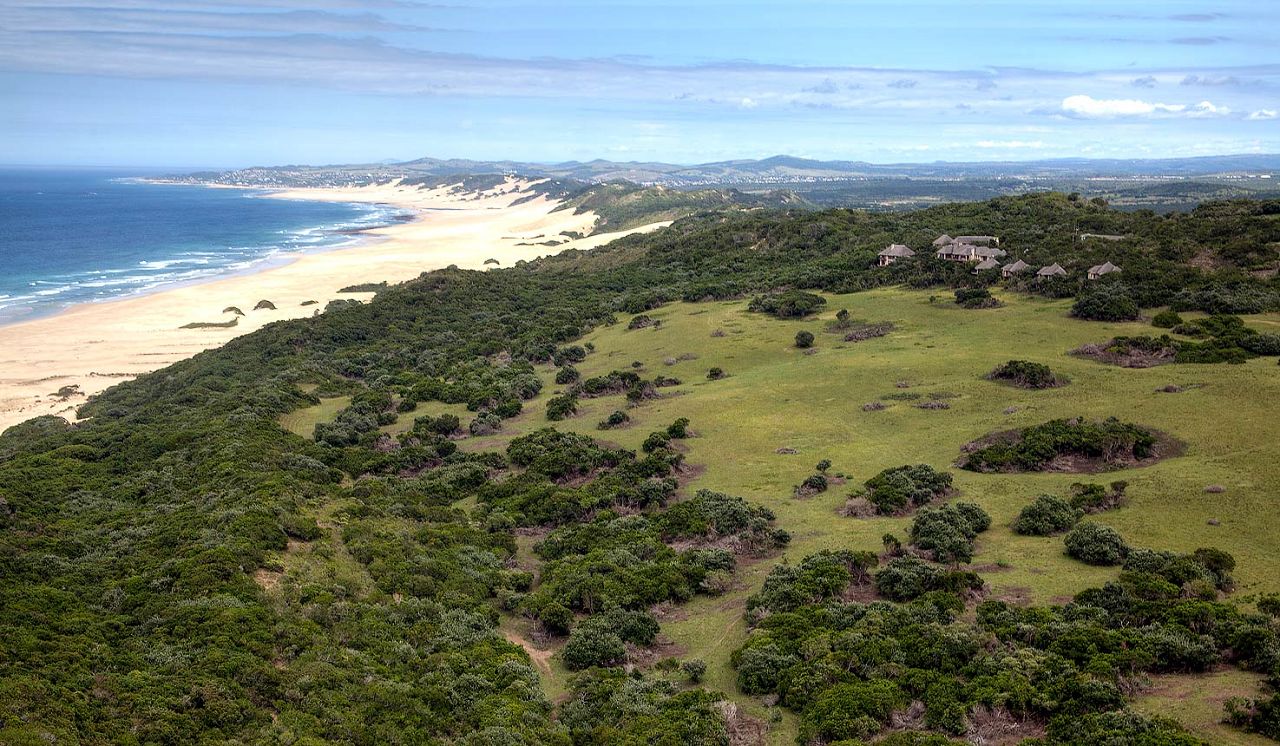
Gallery
Map
The bottom line is that the Wild Coast remains wild for a reason. It is a really long way from the more commonly visited parts of South Africa.
When we do include the area in trips it’s virtually always as part of an epic self-drive exploration, usually starting in Cape Town, heading east through the Winelands, the Little Karoo and the Garden Route of the Western Cape, taking in one or more of the wildlife reserves of the Eastern Cape and passing through this Wild Coast area, before heading on to the Drakensberg Mountains, the wildlife reserves and the sub-tropical coastline of Kwa-Zulu Natal, sometimes continuing on north to Kruger.
a surprisingly way from anywhere
let us know your thoughts about South Africa
and we will help you create the perfect safari
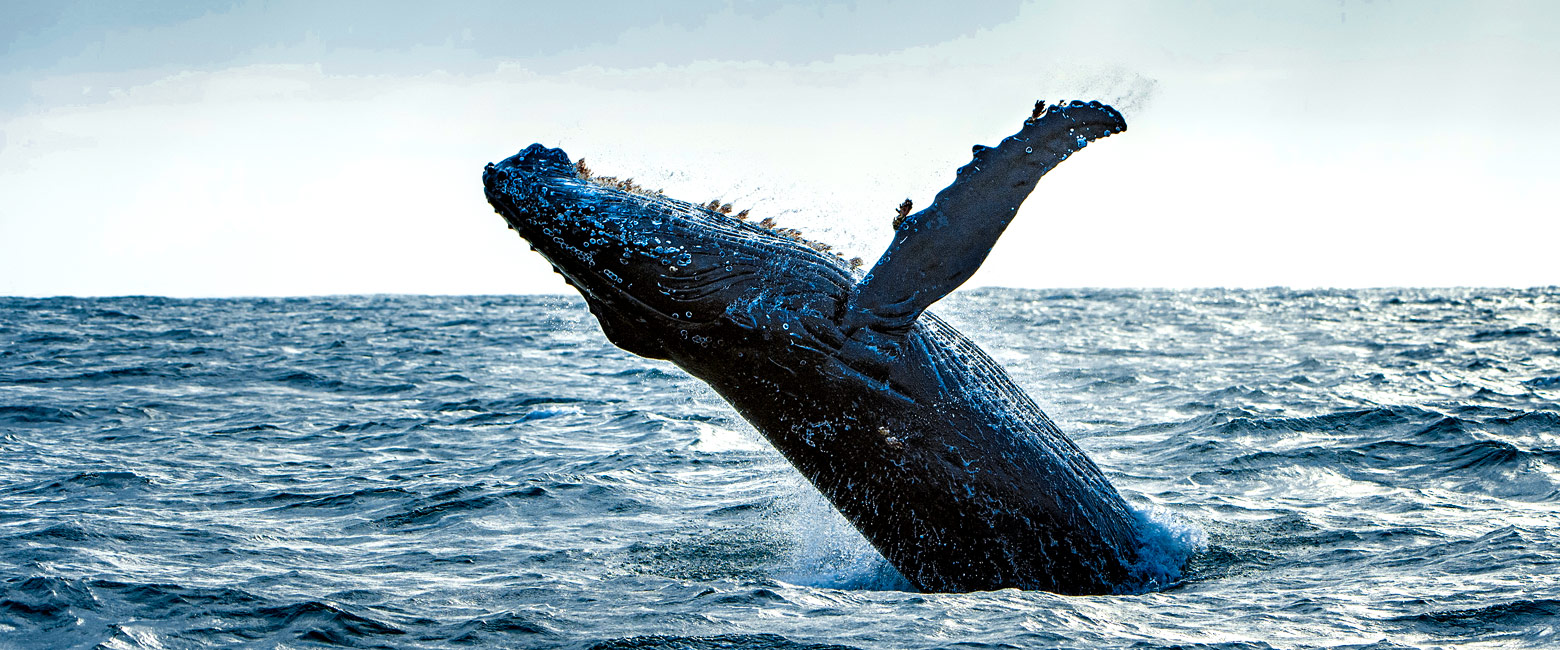
Extraordinary tailor-made adventures,
from earthy and edgy to easy and extravagant
From around USD 2500 per person, you set the ceiling

Get started on your trip
It’s never too soon to get in touch, we are here to help with every stage of your planning.
Sample Trips
Here are some of our popular trip shapes
Best Lodges
We regularly inspect and photograph all of the the best lodges, to ensure that we always recommend the most suitable options
Key Locations
Take a look around related locations. Click ‘View more’ to explore locations further afield.
Where Next?
Where Next?
We offer trips to dozens of fabulous countries.
Might one of these might be your next great adventure?

Please rotate your screen.




